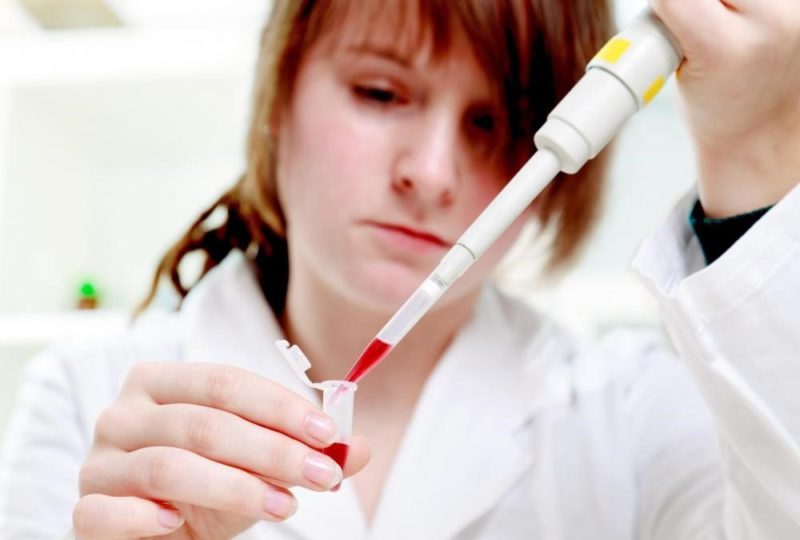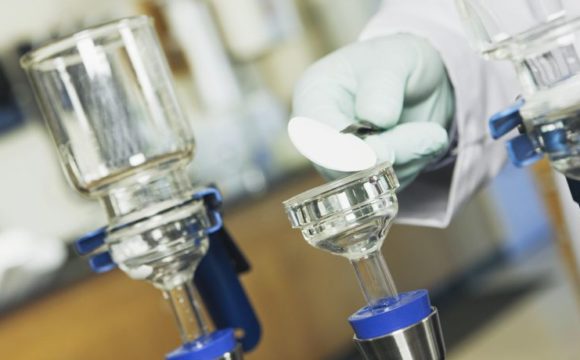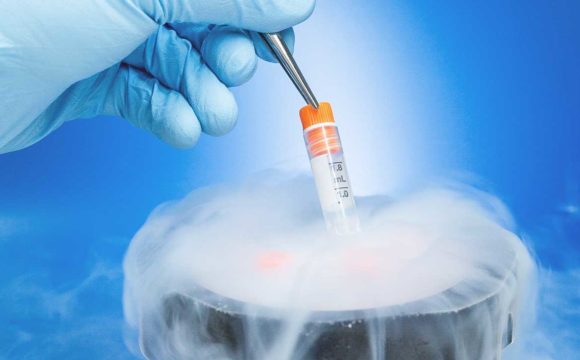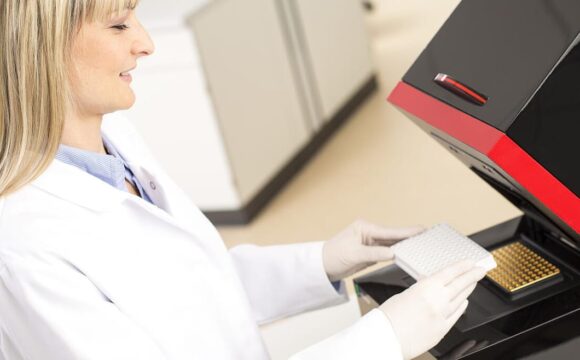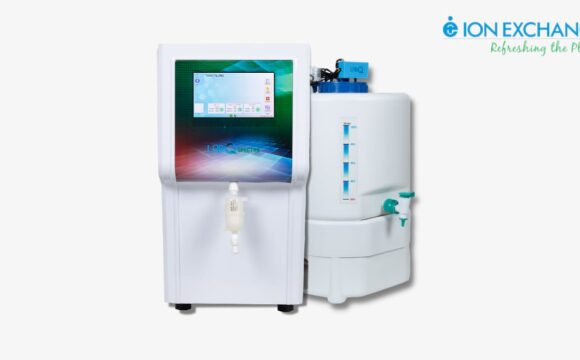Liquid handling is one of the most widely used techniques in biological laboratories. Precision in liquid handling, combined with ease of use is essential in routine laboratory practices. While it is relatively easy to handle large volumes of liquids (such as litre), using measuring cylinders, beakers, etc., handling of minute volumes of the liquid becomes tricky and often, tedious. Several sensitive techniques like PCR, ELISA etc., require precise handling of minute liquid volumes such as a few microlitres. This is exactly where micropipettes come in.
The invention of micropipettes has made routine liquid handling in laboratories simple and convenient while maintaining the precision and accuracy required by standard protocols.
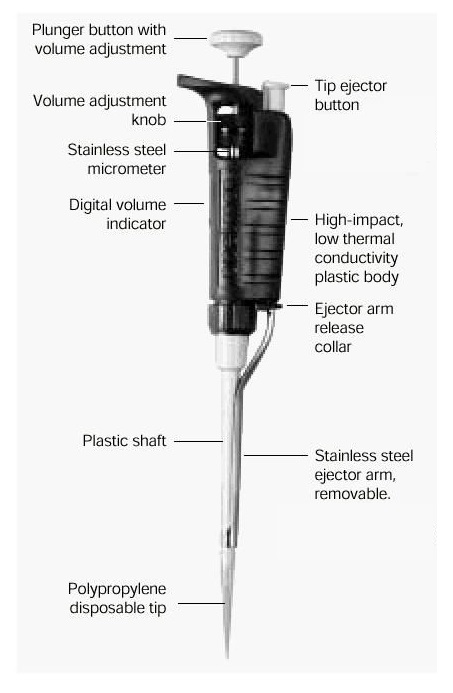
(Source: http://scc.losrios.edu/~nussl/chem400/LABS/Lab%2001%20Pipetting.pdf)
The micropipettes are usually constructed with a plastic body, to which a disposable plastic microtip may be attached. The disposable plastic tip prevents chances of cross-contamination. Essentially, a modern-day micropipette, known as the piston-stroke pipette, consists of a plunger button, connected to a plunger rod, which allows to user to measure the amount of liquid being drawn. The plunger rod extends to a shaft and the tip ejector. These attachments, along with the tip ejector button, allows the use of disposable plastic microtips. The piston-stroke pipette works on one of the following principles – the air cushion principle or the positive displacement principle. In micropipettes working on the air cushion principle, a bracket of air is created between the piston and the liquid being drawn within the liquid handling chamber. Manipulation of this air bracket using the piston is what draws in or expels the fluid from the microtip. In micropipettes working on the positive displacement principle, specialised tips are used. These tips have a piston of their own, this working like a syringe. The piston on the tip can be controlled by the user with the help of the piston of the micropipette.
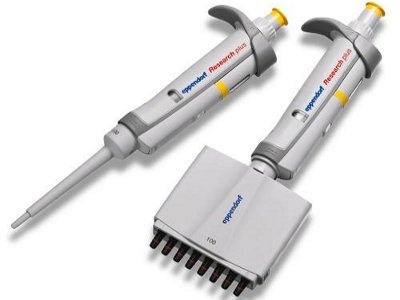
(Source: https://www.biocompare.com/pfu/7893694/soids/1398171/Pipettors/Single_Channel)
There are different kinds of pipettes which are all designed to suit specific laboratory needs. Micropipettes may be of the fixed volume type, where only a set volume of liquid may be drawn or expelled. Or, it may be of the variable volume type, where a range of liquid volumes may be handled, such as 0.2 to 20 microlitre, or 100 to 1000 microlitre, etc. Another widely used category is multi-channel micropipette. These micropipettes come handy in experiments wherein microplates are used, and several replicas of the same experiments must be performed. Electronic micropipettes are very commonly used for its ease of use and greater precision by eliminating human error. Some of the other kinds of micropipettes include, standard and locking micropipettes and volume handled micropipettes.
To ensure the accurate volume handling and longevity of the instrument, pipettes must be regularly calibrated. The users must be made aware of the standard operating procedures involved in the use of micropipettes to avoid manual errors.
Micropipettes are one of the greatest boons to liquid handling practices. While being extremely simple in its concept and design, it improves the overall quality and precision in research and industrial practices.



